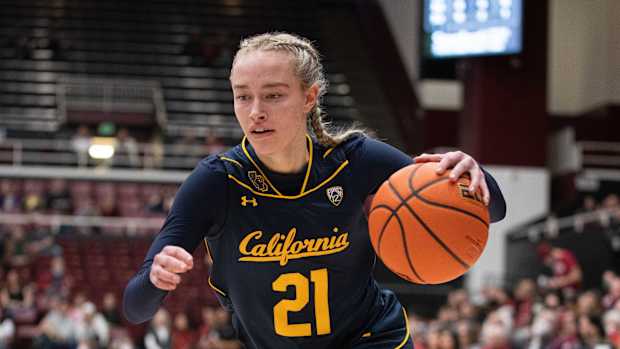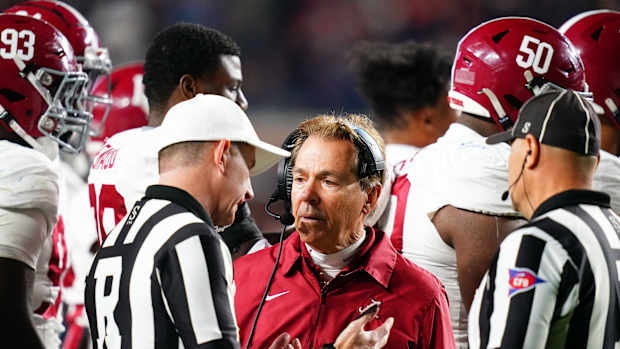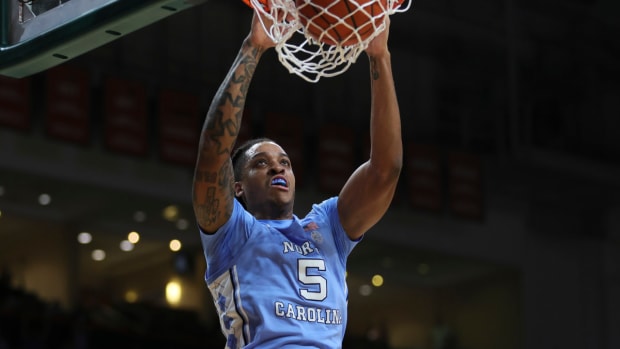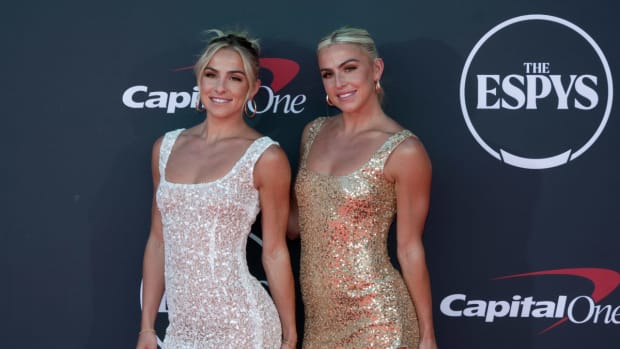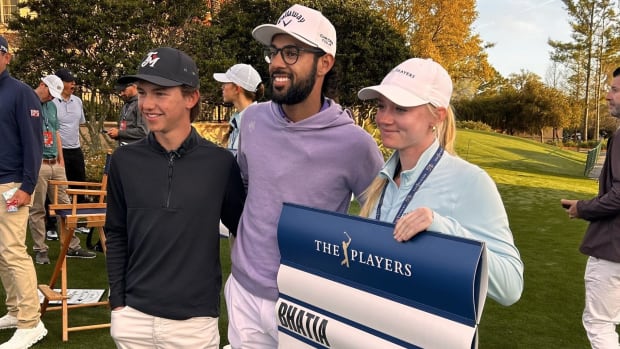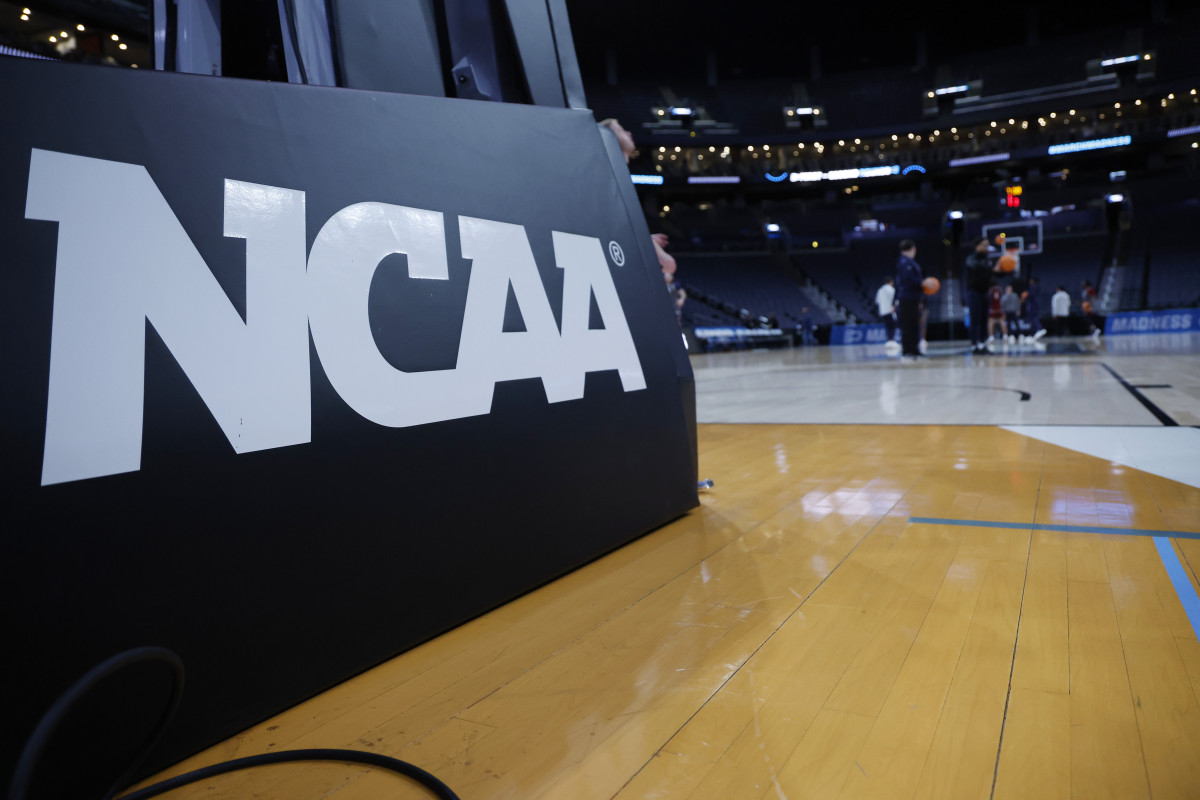
NCAA Faces Billions of Dollars in Potential Damages Following New Ruling
On Friday night, U.S. District Judge Claudia Wilken granted class-action status in the damages portion of the antitrust lawsuit filed against the NCAA and Power Five conferences (House v. NCAA).
The ruling is significant because without the class-action status, potential damages would only be paid out to three plaintiffs: TCU basketball player Sedona Prince, former Arizona State swimmer Grant House, and former Illinois football player Tymir Oliver.
Now, with the class-action status, the potential damages would be paid out to thousands of athletes. According to Steve Berkowitz of USA TODAY, "Friday night's ruling said nearly 6,300 football and men's basketball players would be entitled to damages money, as would more than 850 women's basketball players. Nearly 7,400 athletes in other sports also would be covered . . . ."
The damages at stake are staggering. Earlier in the year, the NCAA and the conferences indicated in legal filings that the athletes are claiming more than $1.4 billion. However, the accuracy of that figure is unclear; the potential payout may be even higher since antitrust cases allow successful private plaintiffs to recover three times the damages they have suffered.
Notably, Judge Wilken also ruled against the NCAA in both the Alston and O'Bannon cases at the trial court level.
A lead attorney for the plaintiffs, Steve Berman, told USA TODAY Sports in an email that "[i]t's a huge potential change in the NCAA and student athletes relationship."
The procedural ruling means that thousands of student-athletes may get a portion of lost earnings from TV broadcast rights and video game deals in addition to NIL backpay.
If the student-athletes are awarded these damages, it could potentially nullify the NCAA rules that prohibit the NCAA, conferences, and schools from paying college athletes.
With Congress not agreeing on an NIL bill and student-athlete amateurism, it would be in the best interest of the NCAA to begin preparing a sustainable model for potential revenue sharing.
The trial is set to begin in January 2025.
